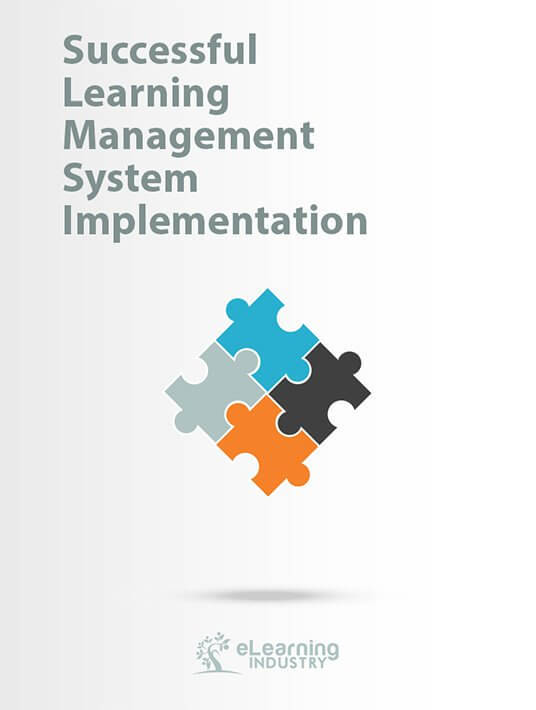When implementing your new LMS, there are lots of things to consider. Each vendor will provide their standard process for implementation, and the tasks they outline will probably cover about 70-75% of the typical organization’s implementation needs. With that said, there is up to 30% of variability in the implementation process from company to company. How do you account for that? How to you know what variabilities may apply to you? At CoreAxis, we have developed a process where we help our clients analyze the key steps in a successful implementation.
1. Revise Schedule
You may need as much as 30 days just to complete the vendor’s process alignment. This stage falls largely on the client’s shoulders, where you’ll need to gather and send your process information to the LMS vendor. You’ll want to stay on top of this process and be vocal about your organization’s needs since the vendor has to work on this as well as the rest of your implementation.
2. Reanalyze Your Business Case
Prior to the vendor project officially kicking off, analyze your business case and requirements and make configuration recommendations as well as draw attention to any needed considerations for items such as certifications and learning paths.
3. Groups, Domains, Or Organizational Units
Whatever the vendor calls them, be sure to scope a very accurate draft of the data model, and what fields, based on the requirements/business case, need to be brought over from your HRIS as well as the frequency of the data feed.
4. Historical Data Load
Work with your team and your vendor to learn best practices, what is in scope, what is necessary, and what is affordable. Think about your obligations in terms of retaining records for compliance.
5. Welcome/Home Page
Determine how to create and engaging and inviting user experience from the first page the learner sees when they access your new LMS. Use tabs, navigation, and all other features to make getting to the learning simple and easy for your learners.
6. Notifications
Consider how to best edit out of the box system notifications for your users. Use the dynamic object fields in messages to make them feel genuine to your learners. Determine who should be notified when (pre/post training, learner, supervisor, managers, upon enrollment, completion, etc).
7. Testing Planning
If possible, test in a pilot environment rather than Live. You’ll then move data from Test to Stage, and then Stage to Live by copying down your data. It’s time consuming, but in the end, saves everyone grief because you know you’ve got it right. The exception might be to test integrations such as SSO in your Stage environment so as not to impact your timeline.
8. Support
Finally, learn about your vendor’s support model and how your team of administrators will interact with the vendor. Will they have to use support tickets? Do they get to call? Is there a dedicated client advocate post implementation? Beyond the implementation, the most important consideration is user adoption. Be sure to have a plan that enables the greatest possible ROI.


